Rise of Indian Cinema
Bollywood
Indian cinema has evolved from regional storytelling to a global cultural force. The first Indian feature film, Raja Harishchandra, was released in 1913. Bollywood, the Hindi-language film industry, emerged as the dominant cinematic voice by the 1930s. Indian cinema produces over 1,500 films annually, making it the largest film industry by volume. Bollywood accounts for approximately 43% of India’s total film revenue. Indian films are released in over 90 countries worldwide. The industry includes regional powerhouses like Tollywood (Telugu) and Kollywood (Tamil). Indian cinema’s multilingual nature reflects the country’s linguistic diversity. The global diaspora has played a key role in international distribution. Indian films often blend genres, combining drama, music, and romance. The song-and-dance format has become a signature style. Bollywood stars enjoy global recognition, rivaling Hollywood celebrities. Indian cinema has influenced fashion, music, and dance trends globally. Streaming platforms have expanded access to Indian films. Film festivals now regularly feature Indian entries.
| Metric | Value |
|---|---|
| Annual Film Output | Over 1,500 films |
| Bollywood Revenue Share | 43% of Indian film revenue |
| Countries with Indian Releases | 90+ |
| Languages Represented | 20+ |
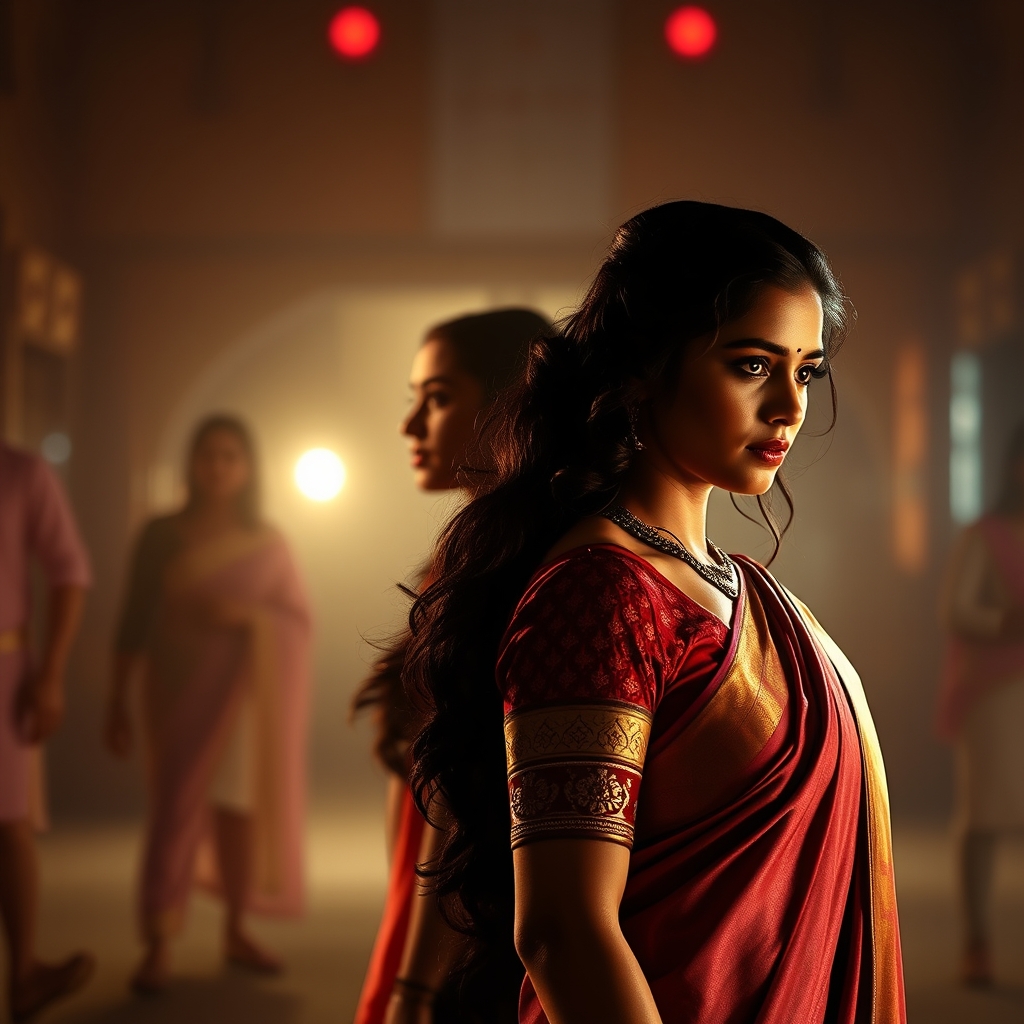
Bollywood’s Narrative Power – Emotional Storytelling Across Borders
Bollywood’s storytelling is rooted in emotional depth and cultural symbolism. Films often explore themes of family, love, sacrifice, and justice. The narrative structure typically includes a moral arc. Bollywood scripts emphasize character development and emotional resolution. Melodrama is used to heighten emotional engagement. Music and dance sequences punctuate key narrative moments. The three-act structure is common but often extended. Bollywood films frequently run over 150 minutes. Intermissions are still used in Indian theaters. Dialogue is poetic and often metaphorical. Visual symbolism plays a major role in storytelling. Costumes and set design reflect character psychology. Bollywood narratives often include social commentary. Films like Lagaan and Swades have addressed colonialism and development. Emotional storytelling has helped Bollywood resonate globally.
| Narrative Element | Bollywood Style |
|---|---|
| Theme Focus | Family, love, justice |
| Structure | Extended three-act with intermission |
| Emotional Techniques | Melodrama, music, visual symbolism |
| Dialogue Style | Poetic, metaphorical |
Music in Indian Cinema – A Universal Language of Emotion
Music is integral to Indian cinema’s identity. Bollywood songs often drive the narrative forward. Playback singing is a unique feature of Indian films. Legendary singers like Lata Mangeshkar and Kishore Kumar shaped the industry. Music directors are central to film production. Songs are released before the film to build anticipation. Dance choreography is tightly integrated with musical sequences. Lyrics often reflect the protagonist’s emotional state. Music spans genres from classical to EDM. Film soundtracks dominate Indian music charts. Music videos are standalone cultural products. International artists have collaborated with Bollywood composers. Songs are dubbed into multiple languages for global reach. Music festivals now feature Bollywood performances. Indian film music has influenced global pop and dance styles.
| Music Feature | Description |
|---|---|
| Playback Singing | Actors lip-sync to recorded vocals |
| Genre Range | Classical, folk, EDM, pop |
| Global Collaborations | Akon, Snoop Dogg, Will.i.am |
| Chart Dominance | Film songs top Indian music charts |
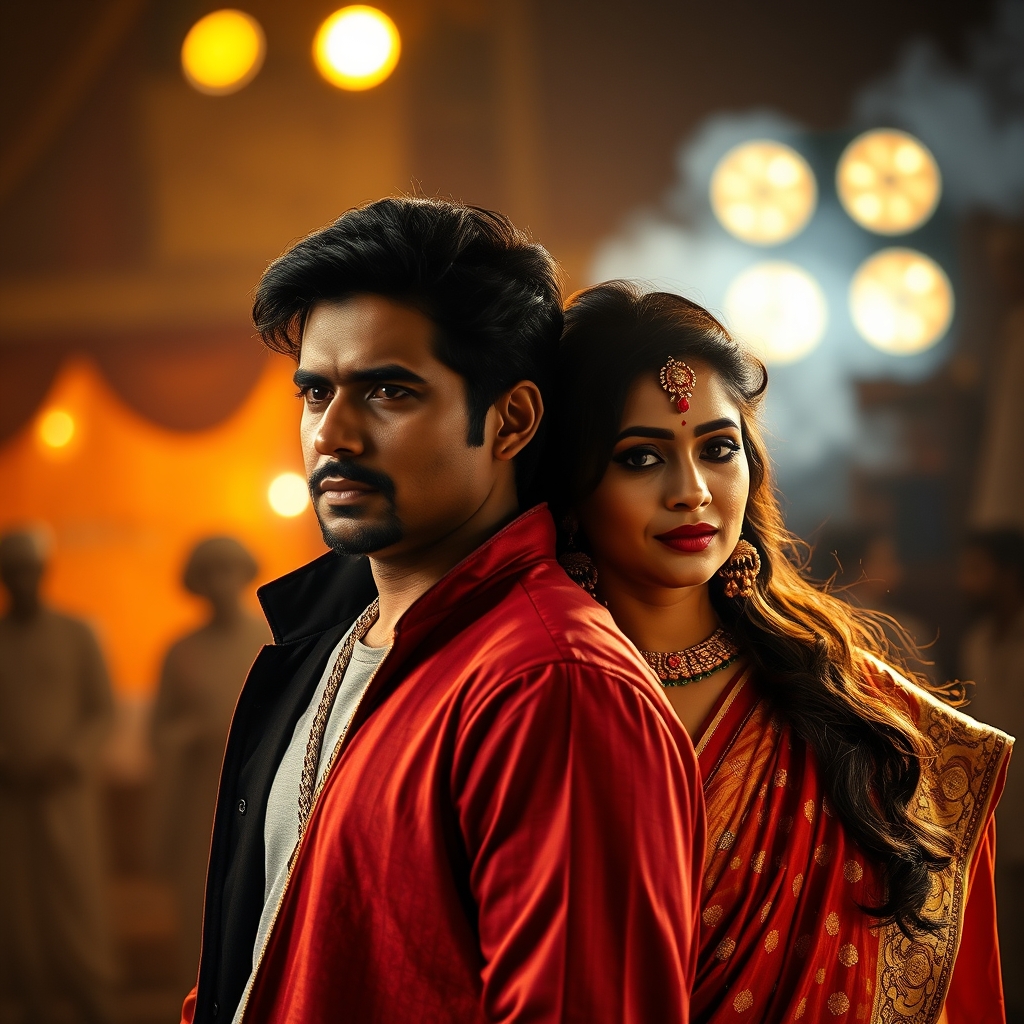
Dance and Choreography – Visual Spectacle and Cultural Expression
Dance is a visual language in Indian cinema. Bollywood choreography blends classical, folk, and modern styles. Iconic dance forms include Bharatanatyam, Kathak, and Bhangra. Choreographers like Saroj Khan and Remo D’Souza have shaped Bollywood’s style. Dance sequences often occur at emotional or narrative peaks. Group dances symbolize community and celebration. Solo performances highlight character transformation. Costumes enhance the visual impact of dance. Sets are designed to accommodate elaborate choreography. Dance competitions often feature Bollywood routines. International dance schools teach Bollywood styles. Films like Dil Se and Devdas are known for iconic dances. Dance bridges linguistic and cultural gaps. Bollywood dance has influenced global music videos. Choreography is now a key export of Indian cinema.
| Dance Element | Bollywood Approach |
|---|---|
| Style Fusion | Classical + Folk + Modern |
| Key Choreographers | Saroj Khan, Remo D’Souza |
| Cultural Impact | Global dance schools teach Bollywood |
| Visual Techniques | Costumes, sets, group formations |
Costume and Fashion – Bollywood’s Influence on Global Style
Bollywood has shaped fashion trends across continents. Costume design reflects character, culture, and emotion. Designers like Manish Malhotra and Sabyasachi are industry icons. Traditional attire like sarees and sherwanis are glamorized. Films often launch fashion trends. Costume changes signal character evolution. Color symbolism is used extensively. Bridal fashion is heavily influenced by Bollywood. International fashion weeks feature Bollywood-inspired collections. Stars are brand ambassadors for global labels. Costume design is a major budget item in production. Fashion magazines cover Bollywood styles. Films like Kabhi Khushi Kabhie Gham set style benchmarks. Bollywood fashion is now a global aesthetic. Costume design is studied in fashion schools worldwide.
| Fashion Influence | Global Reach |
|---|---|
| Designers | Manish Malhotra, Sabyasachi |
| Traditional Styles | Sarees, lehengas, sherwanis |
| Global Impact | Fashion weeks, brand endorsements |
| Academic Study | Fashion schools include Bollywood |
Cinematic Techniques – Innovation in Visual Storytelling
Indian cinema has pioneered unique visual techniques. Bollywood uses vibrant color palettes. Camera work emphasizes emotional intimacy. Slow-motion is used for dramatic effect. Lighting reflects mood and character psychology. Editing often includes musical montages. Visual effects are increasingly sophisticated. Films like Ra.One and Krrish used advanced CGI. Cinematographers like Ravi K. Chandran are globally recognized. Set design is often symbolic. Visual metaphors are common in Bollywood. Action choreography is stylized and rhythmic. Drone shots and wide angles are now standard. Bollywood has adopted global cinematic trends. Indian cinema contributes to visual innovation worldwide.
| Technique | Bollywood Usage |
|---|---|
| Color Palette | Vibrant, symbolic |
| Camera Work | Emotional close-ups, wide angles |
| Editing Style | Musical montages, dramatic pacing |
| Visual Effects | CGI, symbolic sets |
Star Power and Celebrity Culture – Icons Beyond Borders
Bollywood stars are global cultural icons. Actors like Shah Rukh Khan and Priyanka Chopra have international followings. Celebrity culture in India is deeply rooted in cinema. Stars influence fashion, politics, and social issues. Fan clubs exist worldwide. Bollywood actors endorse global brands. Social media amplifies star reach. Celebrity weddings are major media events. Stars often engage in philanthropy. Film promotions rely heavily on star appearances. International awards recognize Bollywood talent. Stars cross over into Hollywood and other industries. Celebrity influence extends to lifestyle and wellness. Bollywood stars are role models for millions. The star system drives box office success.
| Celebrity Metric | Global Impact |
|---|---|
| International Reach | Shah Rukh Khan, Priyanka Chopra |
| Brand Endorsements | Pepsi, TAG Heuer, L’Oréal |
| Social Media | Millions of followers |
| Philanthropy | Education, health, disaster relief |
Diaspora and Distribution – Expanding Cultural Footprints
The Indian diaspora has expanded Bollywood’s reach. Major markets include the US, UK, Canada, and UAE. Diaspora audiences demand culturally resonant content. Overseas box office contributes significantly to revenue. Films are subtitled and dubbed for global audiences. Distribution networks span continents. Streaming platforms have revolutionized access. Diaspora filmmakers contribute to Indian cinema. Cultural festivals feature Bollywood screenings. Indian cinema fosters identity among diaspora youth. Bollywood bridges generational gaps. Diaspora actors gain prominence in Indian films. Global premieres are held in London, New York, and Dubai. Indian cinema is a tool of soft power. Distribution strategies now target global audiences.
| Distribution Channel | Reach |
|---|---|
| Overseas Box Office | 20–30% of total revenue |
| Streaming Platforms | Netflix, Amazon Prime, Hotstar |
| Global Premieres | London, New York, Dubai |
| Diaspora Markets | US, UK, Canada, UAE |
Film Festivals and Awards – Recognition on the Global Stage
Indian films are now regulars at global festivals. Cannes, Berlin, and Toronto feature Indian entries. Films like Lunchbox and Gully Boy gained international acclaim. Awards validate cinematic excellence. National Film Awards are India’s highest honor. Filmfare Awards are Bollywood’s mainstream recognition. International awards boost global visibility. Jury selections often include Indian professionals. Indian cinema is studied in film schools. Documentaries and indie films gain festival traction. Awards influence distribution and marketing. Indian films win technical awards abroad. Recognition fosters cross-cultural collaboration. Awards elevate regional cinema. Indian cinema is now a global contender.
Streaming and Digital Platforms – Democratizing Access to Indian Cinema
Streaming platforms have transformed how Indian films are consumed. Services like Netflix, Amazon Prime, and Hotstar offer extensive Indian film libraries. Regional films now reach global audiences instantly. Subtitles and dubbing enhance accessibility. Streaming bypasses traditional distribution barriers. Independent filmmakers gain visibility through digital platforms. OTT releases became mainstream during the COVID-19 pandemic. Films like Shershaah and Gehraiyaan premiered online. Digital platforms support diverse genres and voices. Data analytics guide content creation and marketing. Viewership metrics influence casting and production decisions. Streaming enables binge-watching of film series and anthologies. Global audiences discover Indian cinema through curated recommendations. Subscription models support sustainable revenue. Digital platforms are now central to Bollywood’s global strategy.
| Platform | Indian Cinema Offerings |
|---|---|
| Netflix | Hindi, Tamil, Telugu, Bengali films |
| Amazon Prime | Bollywood blockbusters, indie films |
| Hotstar | Disney-backed, regional content |
| Zee5, SonyLIV | Regional and mainstream releases |

Regional Cinema – Diversity Within the Indian Film Ecosystem
India’s regional cinemas are vibrant and influential. Tollywood (Telugu) and Kollywood (Tamil) rival Bollywood in production scale. Malayalam cinema is known for realism and storytelling. Bengali films emphasize literary depth and social critique. Marathi cinema explores cultural heritage and innovation. Kannada films blend tradition and modernity. Punjabi cinema celebrates music and community. Regional stars have pan-Indian fanbases. Films like Baahubali and RRR achieved global success. Regional industries have distinct aesthetics and narrative styles. Language-specific awards recognize regional excellence. Regional films often outperform Bollywood at local box offices. Subtitling and dubbing expand regional reach. Streaming platforms promote regional diversity. Regional cinema is essential to India’s cultural identity.
| Region | Cinema Name | Notable Traits |
|---|---|---|
| Andhra Pradesh | Tollywood | Epic scale, action, mythology |
| Tamil Nadu | Kollywood | Innovation, social themes |
| Kerala | Malayalam | Realism, literary depth |
| West Bengal | Bengali | Intellectual, poetic storytelling |
Social Impact and Representation – Cinema as a Mirror and Catalyst
Indian cinema reflects and shapes societal values. Films address caste, gender, and class issues. Movies like Article 15 and Pink challenge social norms. LGBTQ+ representation is growing in mainstream films. Cinema influences public discourse and policy debates. Bollywood stars advocate for social causes. Films promote education, health, and environmental awareness. Cinema campaigns support voter turnout and civic engagement. Representation of marginalized communities is increasing. Women-centric narratives are gaining prominence. Films like Queen and Thappad redefine gender roles. Cinema fosters empathy and cultural understanding. Film dialogues become part of everyday language. Cinema is used in educational and therapeutic contexts. Indian films are tools of social transformation.
| Social Theme | Representative Films |
|---|---|
| Gender Equality | Pink, Thappad, Queen |
| Caste Awareness | Article 15, Sairat |
| LGBTQ+ Visibility | Shubh Mangal Zyada Saavdhan |
| Disability Rights | Taare Zameen Par, Black |
Global Collaborations – Cross-Cultural Partnerships and Co-Productions
Indian cinema engages in global collaborations. Co-productions span Europe, North America, and Asia. Films like Slumdog Millionaire and Life of Pi feature Indian talent. Bollywood actors work in Hollywood and vice versa. Directors like Mira Nair and Shekhar Kapur bridge cultures. International studios invest in Indian projects. Cross-border funding supports large-scale productions. Cultural exchange enriches storytelling. Indian technicians contribute to global films. Music collaborations span continents. Film schools host exchange programs. Global partnerships expand distribution networks. Co-productions often win international awards. Collaborations foster innovation and diversity. Indian cinema is a global creative partner.
| Collaboration Type | Examples |
|---|---|
| Co-Productions | Slumdog Millionaire, Bride & Prejudice |
| Talent Exchange | Priyanka Chopra, Irrfan Khan |
| Studio Investment | Fox Star Studios, Netflix Originals |
| Technical Support | VFX, sound design, cinematography |
Economic Impact – Bollywood’s Role in India’s Creative Economy
Bollywood is a major contributor to India’s economy. The Indian film industry generates billions annually. Employment spans acting, directing, production, and marketing. Ancillary industries include fashion, tourism, and advertising. Film shoots boost local economies. Bollywood promotes Indian brands globally. Cinema tourism is a growing sector. Government incentives support film production. Tax revenues come from box office and licensing. Film exports contribute to foreign exchange. Bollywood influences consumer behavior. Merchandising and licensing generate revenue. The film industry supports over 2 million jobs. Economic impact extends to digital and tech sectors. Bollywood is a pillar of India’s creative economy.
| Economic Indicator | Value/Impact |
|---|---|
| Annual Revenue | Over ₹180 billion (approx. US$2.2B) |
| Employment | 2+ million jobs |
| Export Contribution | Foreign exchange via film rights |
| Tourism Boost | Film locations attract visitors |
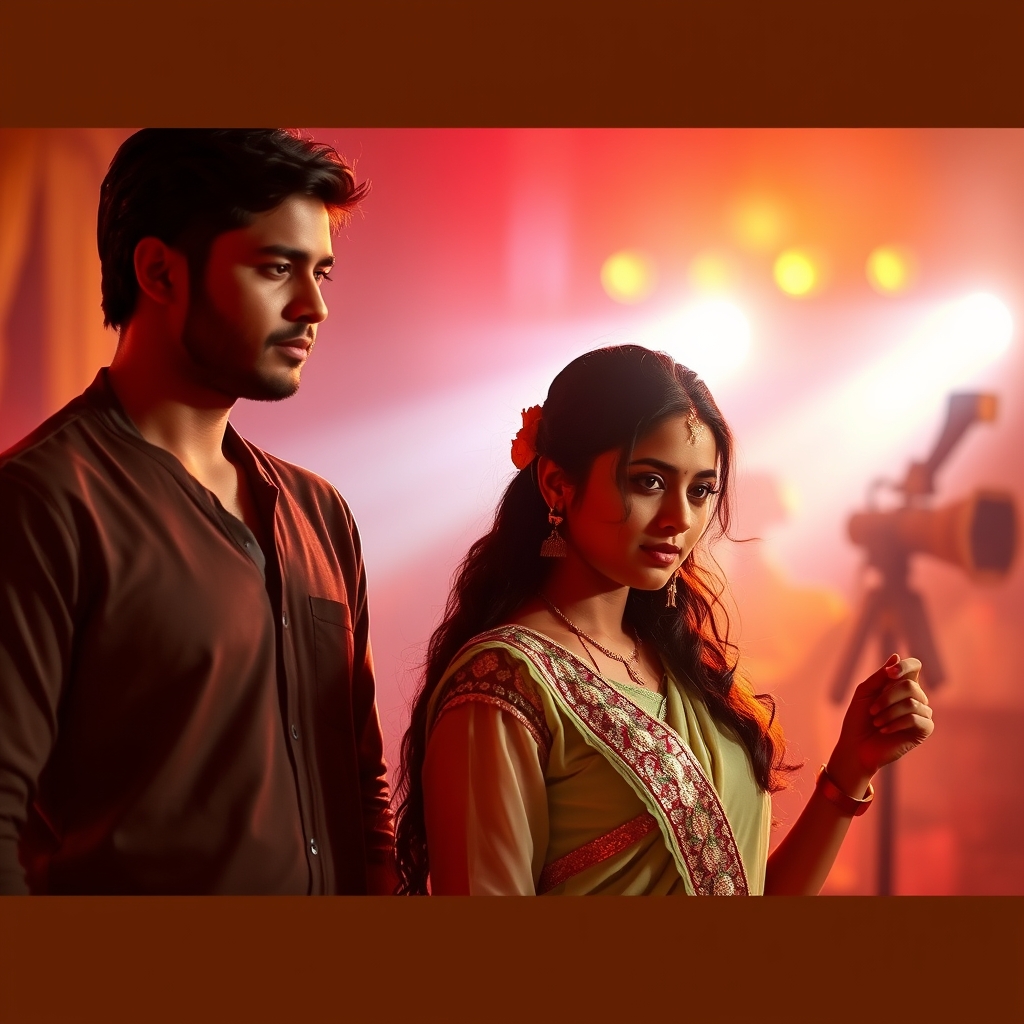
Conclusion – Indian Cinema’s Cultural Gravity and Global Continuum
Indian cinema has evolved into a multidimensional cultural force. From mythological roots to genre-defying innovation, it reflects India’s complexity and emotional depth. Bollywood’s global rise is not just about entertainment—it’s about identity, diplomacy, and shared humanity. The industry’s multilingual nature fosters inclusivity and cross-cultural dialogue. Music, dance, and visual storytelling transcend linguistic barriers. Regional cinemas contribute equally to India’s cinematic richness. Streaming platforms have democratized access and diversified audiences. Indian films now shape global fashion, education, and social discourse. Women and marginalized voices are gaining visibility and narrative agency. Cinematic symbolism deepens emotional resonance across cultures. Global collaborations expand creative boundaries. Economic impact spans tourism, employment, and tech innovation. Indian cinema is studied, celebrated, and emulated worldwide. Its legacy is one of emotional intelligence, symbolic clarity, and cultural expansion. The future of Indian cinema lies in its ability to remain rooted while reaching outward—bridging continents, generations, and genres.
Join the Discussion – What Does Indian Cinema Mean to You?
- Which Indian film changed your perspective on culture or storytelling?
- How has Bollywood influenced your fashion, music, or emotional vocabulary?
- What regional film or genre deserves more global attention?
- Do you see Indian cinema as a tool for education, empathy, or activism?
- How do you think Indian cinema will evolve in the next decade?
#Bollywood #IndianCinemaWorldwide #BollywoodAcrossBorders #CinemaAsCulture #EmotionalArchitecture #SymbolicStorytelling #CinematicEmpathy #BollywoodGenres #RegionalCinemaRising #StreamingIndia #CinemaForChange #FilmAsEducation #YouthThroughCinema #CinematicContinuum #IndiaOnScreen #FutureOfBollywood
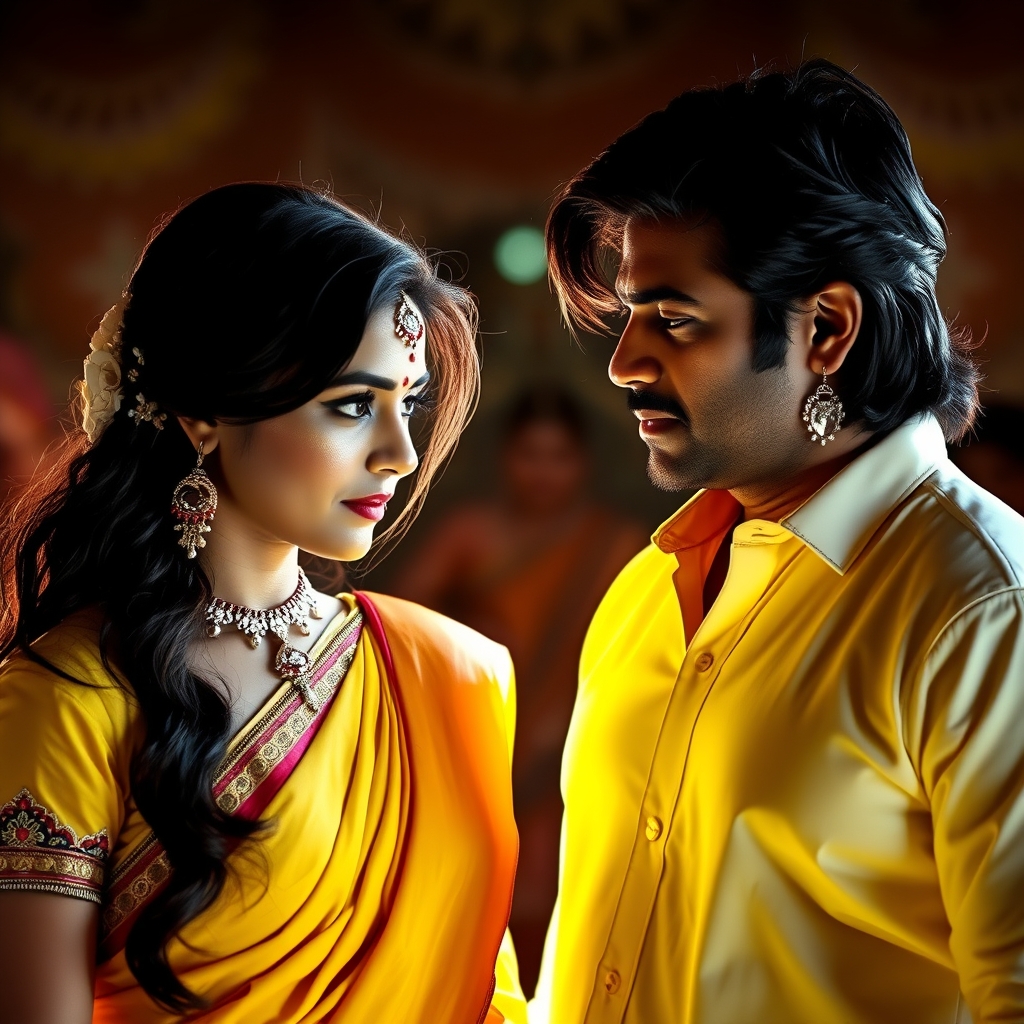



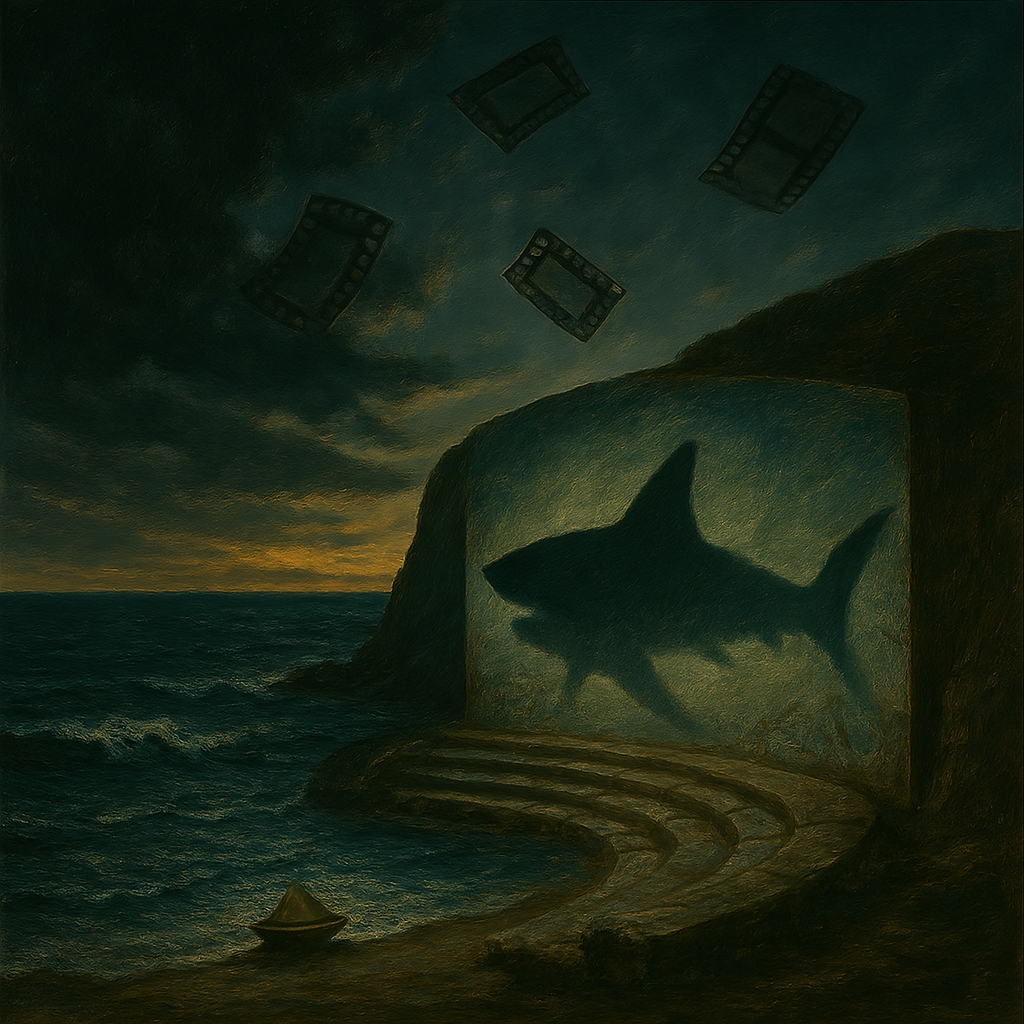

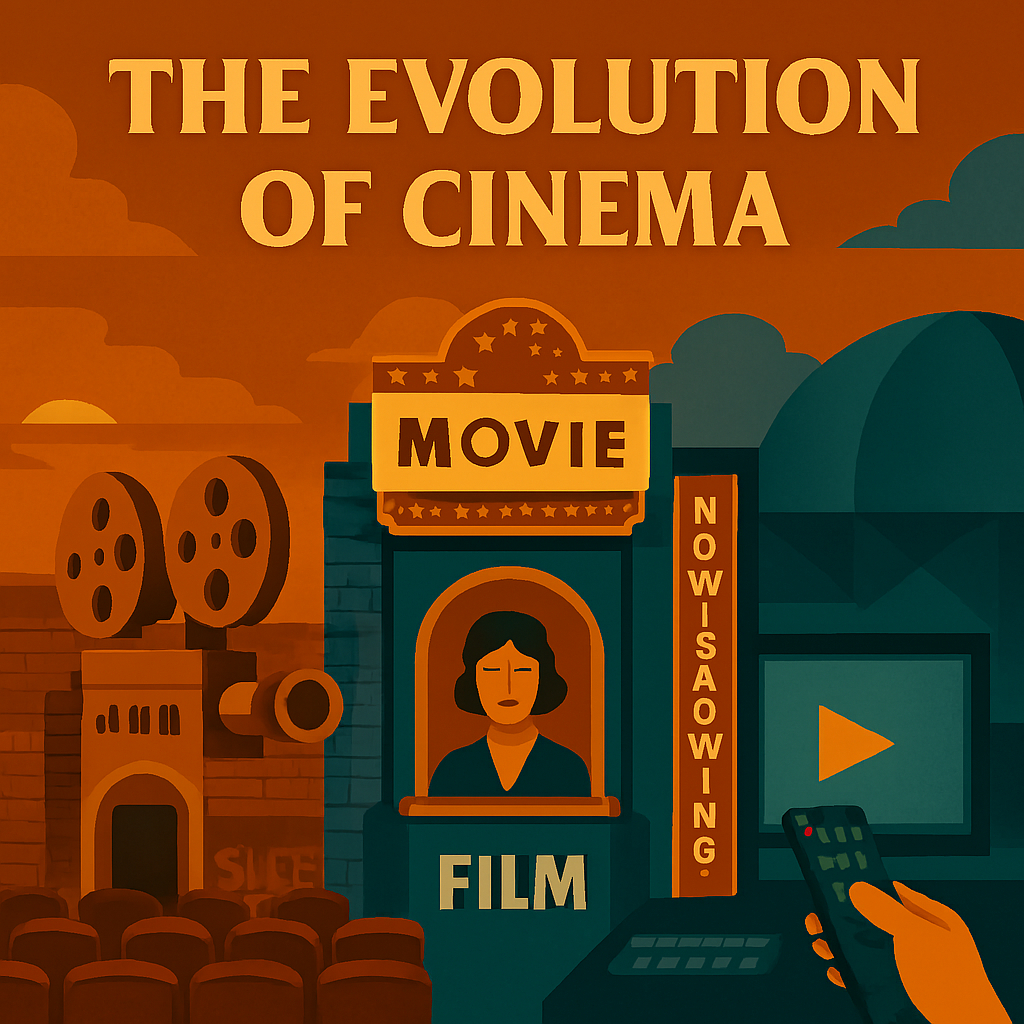







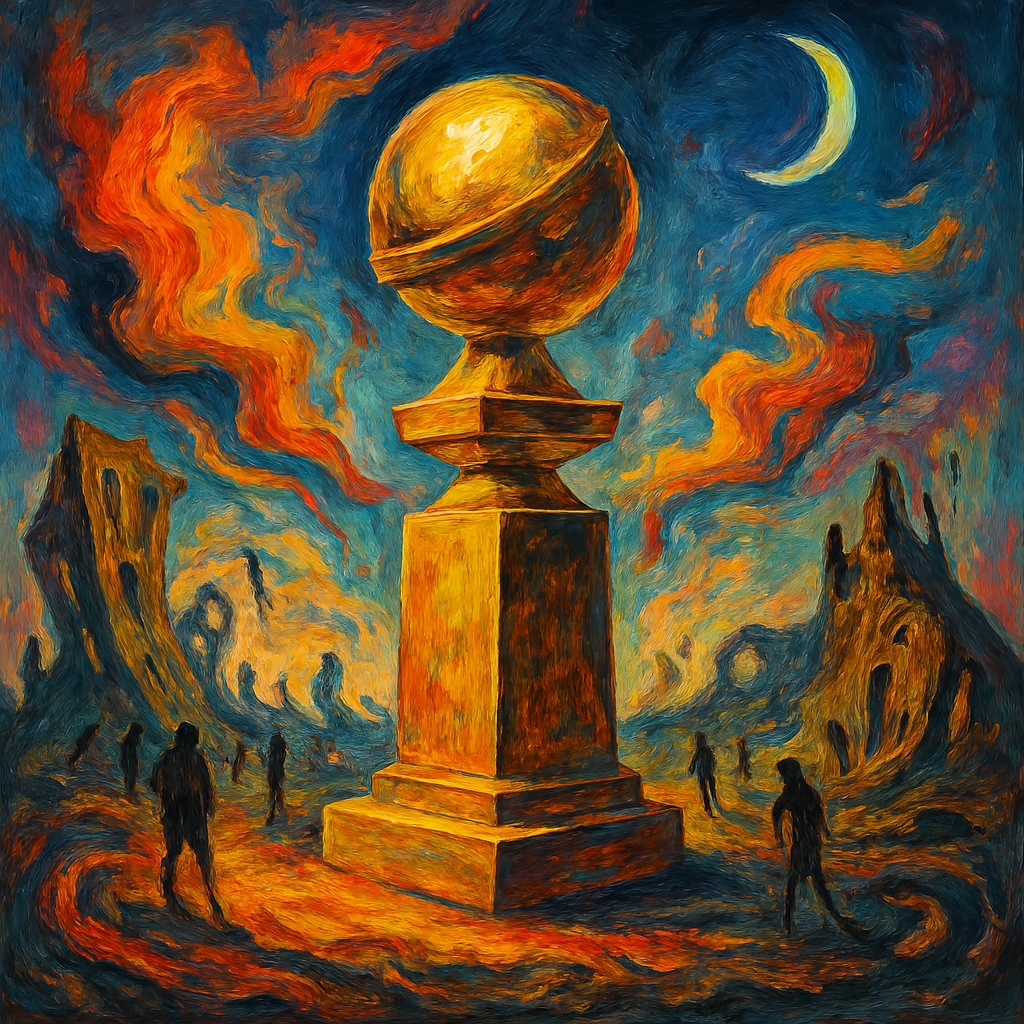
Buy Website Backlinks
Real clean site, appreciate it for this post.